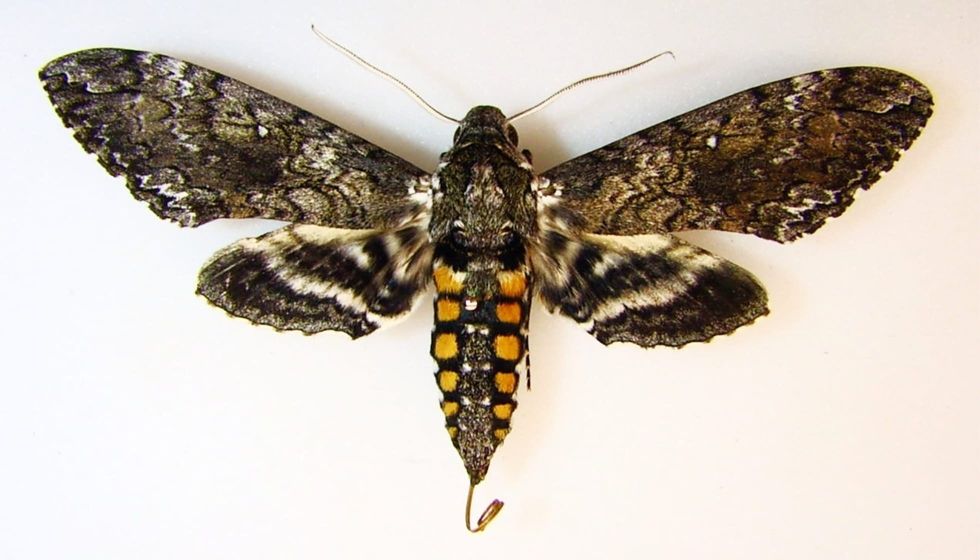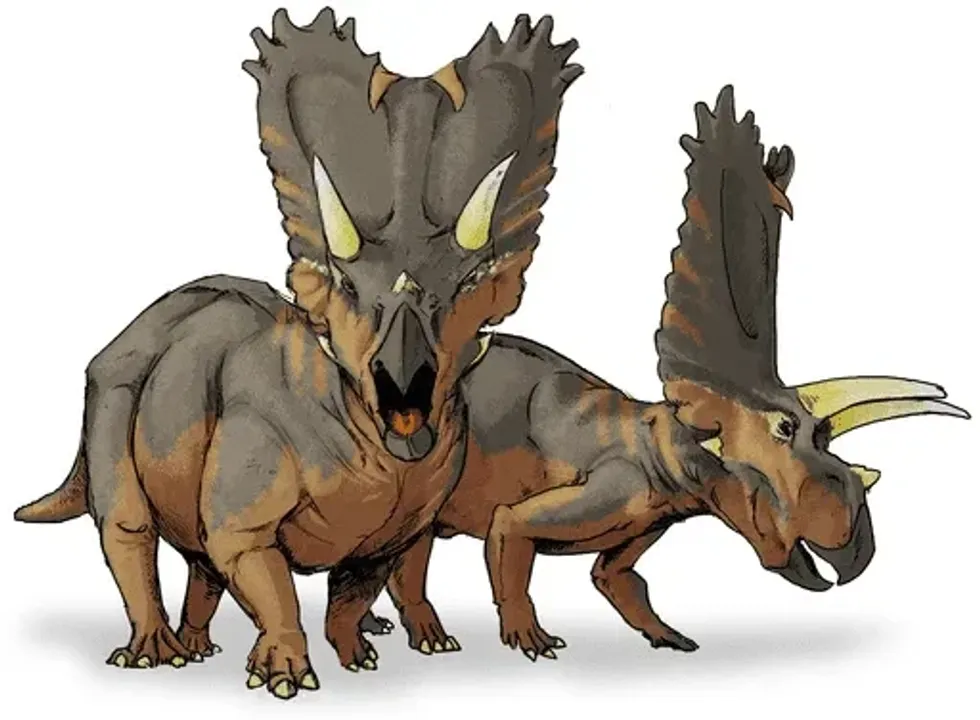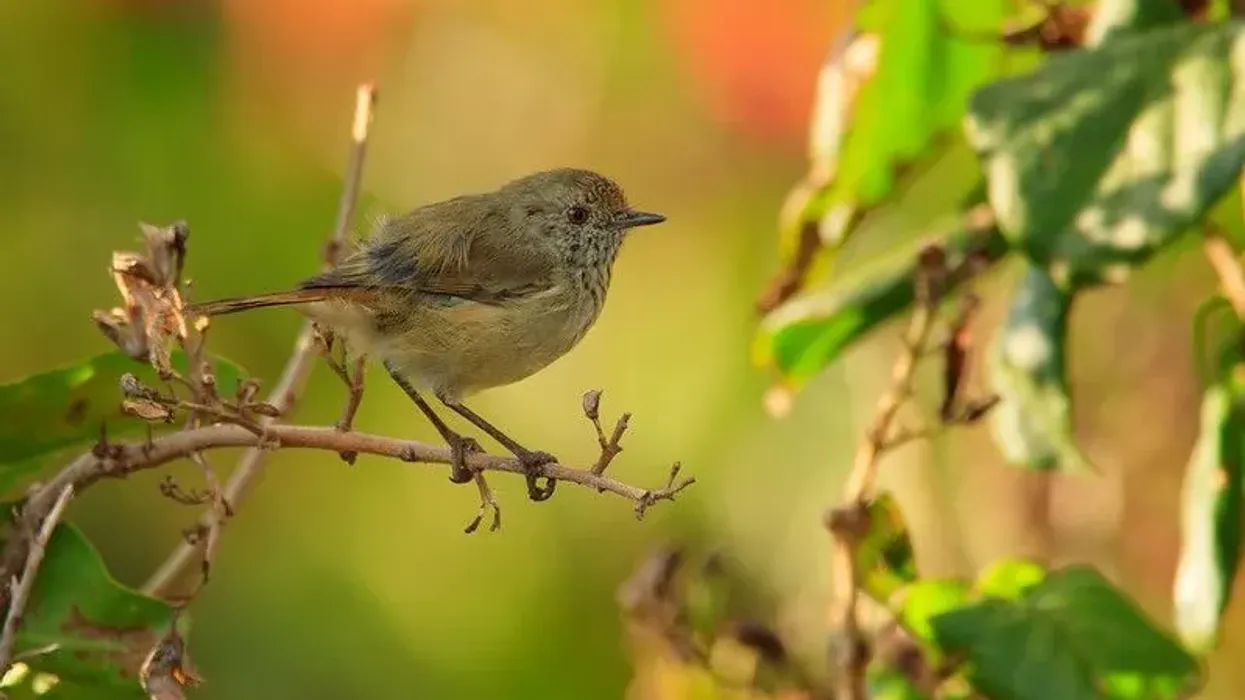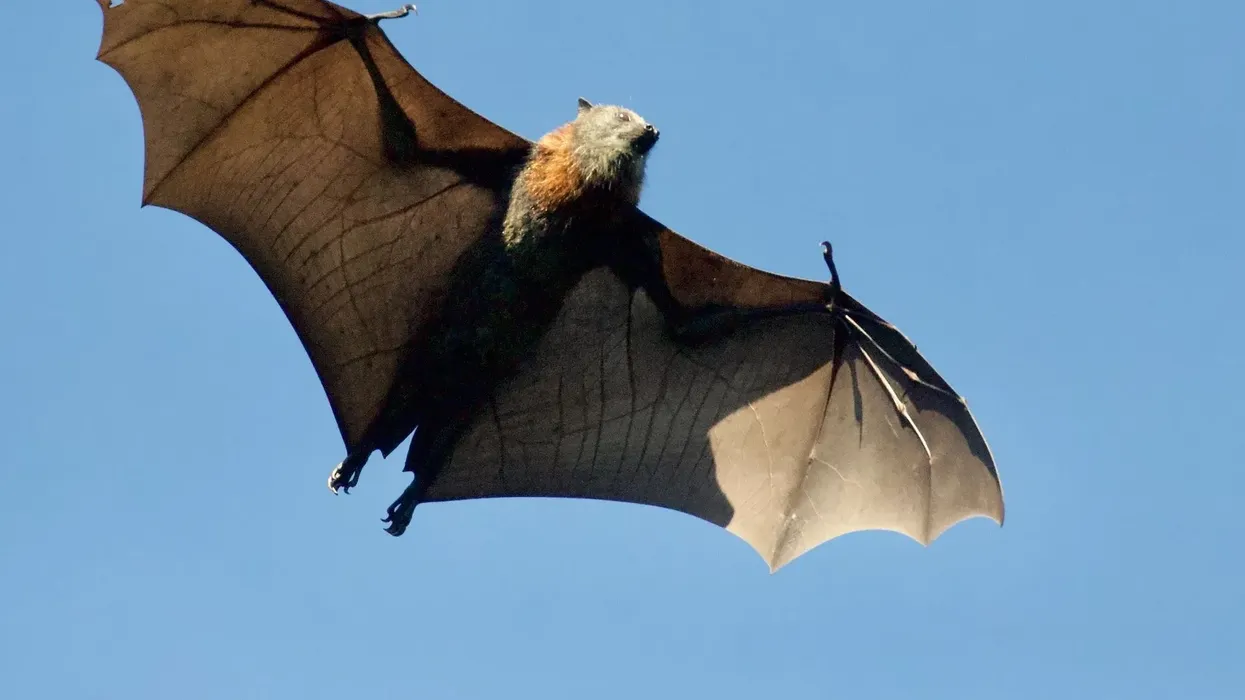Hornworms are caterpillars in the Sphingidae tribe, so named because of their worm-like body and the appearance of a short, pointed horn at their posterior. The tobacco hornworm (Manduca sexta) is a parasite of plants like eggplant, tobacco, pepper, tomato, and numerous weeds.
The Carolina sphinx moth is also known as the hawk moth or sphinx moth. Tobacco hornworms and tomato hornworms are two large caterpillar species that are known to defoliate tomato plants.
Here are some interesting facts on the tobacco hornworm moth. If you are interested in browsing through some more moths you can check out our other articles on five spotted hawk moth facts and Ailanthus webworm moth facts.
Tobacco Hornworm Moth Interesting Facts
What type of animal is a tobacco hornworm moth?
The tobacco hornworm (Manduca sexta) is in the insect order Lepidoptera and shares this order with the tomato hornworm. Both the tomato hornworm (Manduca quinquemaculata) and tobacco hornworm (Manduca sexta) are large caterpillars that defoliate tomato plants. Though, in terms of appearance tomato hornworms and tobacco hornworms are a bit different from each other.
What class of animal does a tobacco hornworm moth belong to?
A tobacco hornworm moth is a moth of the family Sphingidae that can be found throughout most of North America. The tobacco hornworm is often confused with the tomato hornworm, but it is important to note that the tomato hornworm (Manduca quinquemaculata) and the tobacco hornworm (Manduca sexta) are distinct in terms of appearance.
How many tobacco hornworm moths are there in the world?
There is currently no estimation on how many tobacco hornworms (Manduca sexta) are present in the world. Moreover, the physical and behavioral similarities between tomato hornworms (Manduca quinquemaculata) and tobacco hornworms (Manduca sexta) make the identification process a bit challenging.
Where does a tobacco hornworm moth live?
As the name suggests, a tobacco hornworm moth lives on the leaves of the host plant, most commonly the tobacco plant.
What is a tobacco hornworm moth's habitat?
The tobacco hornworm moth inhabits at a range that extends northward to New York, south to Florida, and west to Minnesota but it is more widespread in the southern area, especially along the Gulf Coast. The habitat for tomato hornworms (Manduca quinquemaculata) and tobacco hornworms (Manduca sexta) sometimes overlap.
Who do tobacco hornworm moths live with?
The tobacco hornworm moth caterpillars grow and live alone. A tobacco hornworm adult can often be seen on the leaves of a tobacco plant.
How long does a tobacco hornworm moth live?
Tobacco hornworm adult moths have a life cycle of around four to seven weeks, which is quite similar to tomato hornworms.
How do they reproduce?
Tomato hornworm adult males and females engage in the process of sexual mating for reproduction. After the mating process is over, females can lay one to five eggs per plant visit, and a total of up to 2,000 eggs over their lifespan on the diet cubes or host plants.
The eggs hatch and develop at varying speeds.
The larvae are moved to a fresh diet of leaves on the host plants as their food is consumed. When the pupal stage starts, the instar larvae are placed into the pupation chamber.
What is their conservation status?
The reproduction process in tobacco hornworms is an ongoing process, hence ensuring an ongoing supply of the sphinx moths. Hence, the population of tobacco hornworms is not of any concern at present.
Tobacco Hornworm Moth Fun Facts
What do tobacco hornworm moths look like?

The grayish-brown abdomen of the tobacco hornworm moth bears six pairs of yellowish-orange markings placed vertically (five huge pairs of spots, with the last pair being rather tiny); the mature tomato hornworm looks similar but has five pairs of yellowish-orange markings on its body.
Their hindwings have separate light and dark bands and have a mottled pattern of white, brown, and black.
When the moth is at rest or sleeping, its wings fold back, making it a triangular appearance and supplying camouflage, especially when resting on trees with lichens.
How cute are they?
A full-grown adult looks so adorable with designs on their wings, tobacco hornworms are admirable to watch when they are stationary and while flying.
How do they communicate?
Tobacco hornworms do not have any mode of communication as they live their life alone.
How big is a tobacco hornworm moth?
An adult tobacco hornworm moth size is 10 times bigger than an ant. Adult tobacco hornworm moths can grow up to a length of 3.14 in (7.9 cm).
How fast can tobacco hornworm moths fly?
A full-grown adult tobacco hornworm moth can fly at speeds of up to 50 mph (80.4 kph), after growing its wings.
How much does a tobacco hornworm moth weigh?
The pupation process transforms the caterpillar into an adult moth weighing around 0.4 oz (0.01 kg). The freshly hatched adults mate at night, and the females lay their eggs on the undersides of tobacco plants.
What are the male and female names of the species?
There are no sex-specific names for tobacco hornworm moths.
What would you call a baby tobacco hornworm moth?
A baby tobacco hornworm is called a larva.
What do they eat?
Tobacco hornworm larvae mainly feed on nightshade plants such as tobacco, tomato, and potato plants.
Are they dangerous?
No, a tobacco hornworm moth is not dangerous to humans in any way.
Would they make a good pet?
Hornworms are an excellent source of food for your reptile and amphibian pets. Their short life span makes them unsuitable as pets.
Did you know...
Tobacco hornworm moths are among the most successful and abundant species on the planet.
A male hornworm moth can smell a female more than 7 miles (11.8 km) away.
The life cycle of the tobacco hornworm moth
Hornworm pupae overwinter in the soil. In several years, adults emerge in mid-May. At night, eggs are laid on the undersides of trees. Each moth lays one to five eggs per plant visit and may lay up to 2,000 eggs.
Identifying the tobacco hornworm moth
Male tobacco hornworm moths are distinguished by their larger antennae and two small bumps on segment nine, the last segment. For females, segment nine is flat, and segment eight has a thin groove.
The tomato hornworm moth and tobacco hornworm moth are large caterpillars that defoliate tomato plants. But both these species have certain distinct physical characteristics that help with their identification.
Tobacco hornworm moths have white diagonal lines on the body with a red horn and no v-shaped markings. On the other hand, the tomato hornworm has v-shaped markings on the body and a black horn.
Here at Kidadl, we have carefully created lots of interesting family-friendly animal facts for everyone to discover! Learn more about some other arthropods including buck moth facts and plume moth facts.
You can even occupy yourself at home by coloring in one of our Tobacco Hornworm Moth coloring pages.









